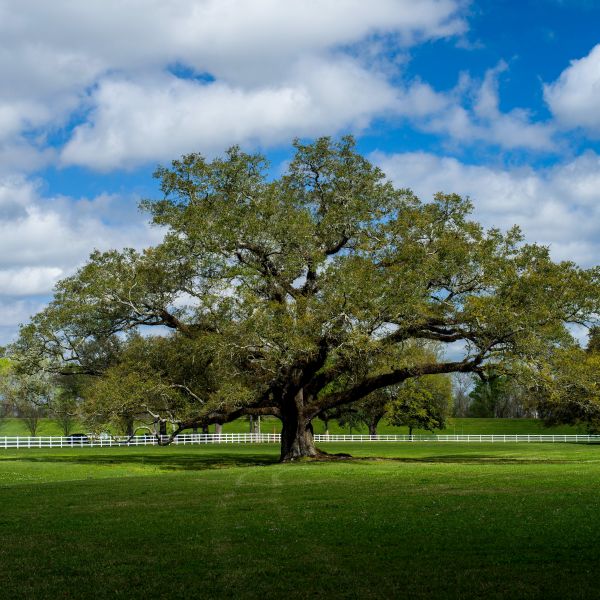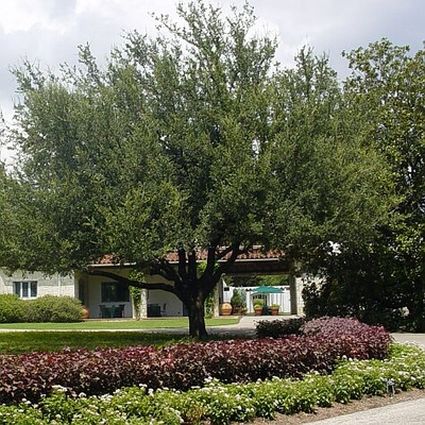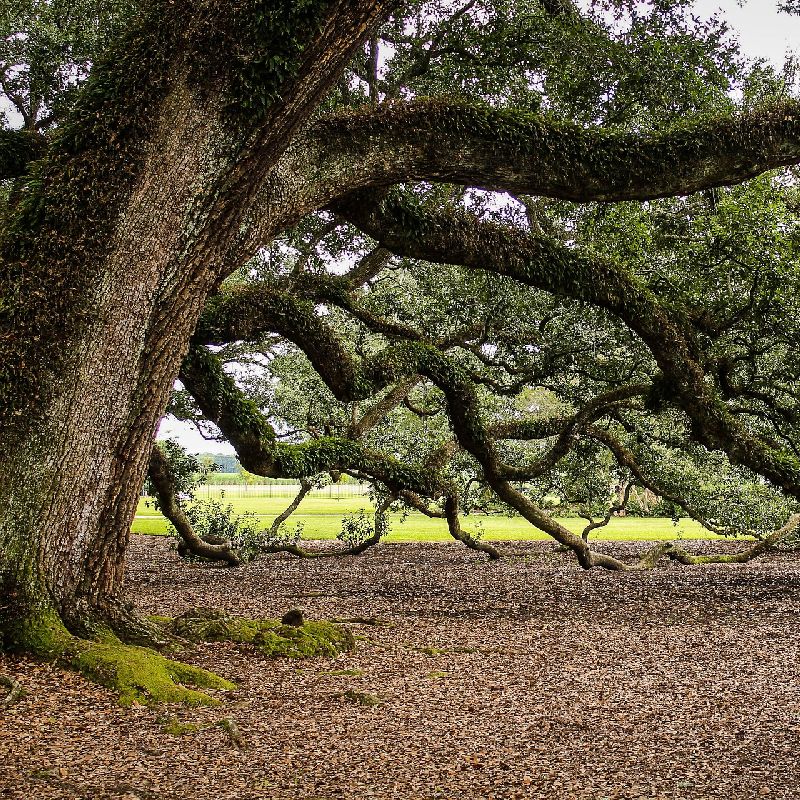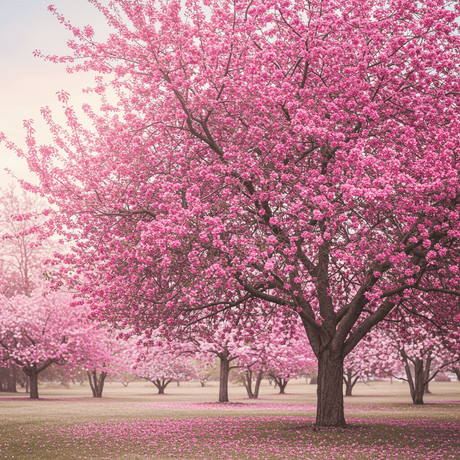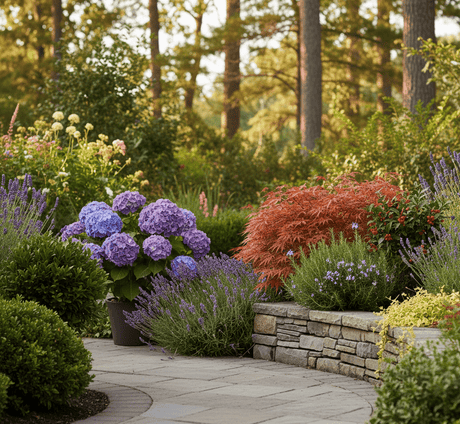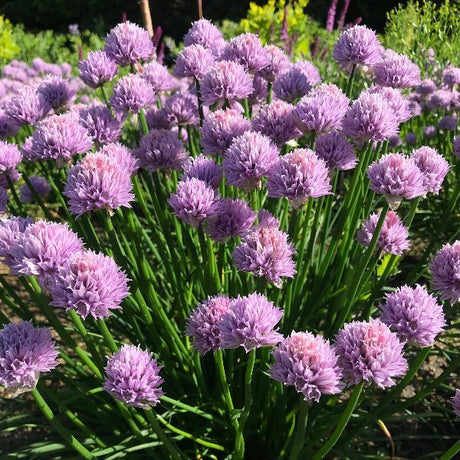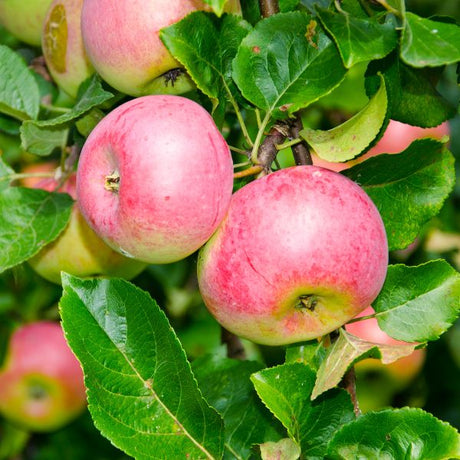Southern Live Oak Tree
Quercus virginiana
- Stay Protected with Plant Sentry ™
Southern Live Oak Tree - #1 Container is backordered and will ship as soon as it is back in stock.
Plant Sentry™
Plant Sentry™

Plant Sentry™ Protected
Your order is protected by our compliance system that:
- Prevents restricted plants from shipping to your state
- Ensures plants meet your state's agricultural requirements
- Protects gardens from invasive pests and diseases
Delivery and Shipping
Delivery and Shipping
Delivery and Shipping
Fast, Safe Plant Delivery
Ships in 3-4 business days • Tracking provided • Weather protected
| Under $50 | $9.99 |
| $50 - $99.99 | $14.99 |
| $100 - $149.99 | $16.99 |
| $150 - $198.99 | $24.99 |
| $199+ | FREE |
✓ Zone-specific timing • ✓ Professional packaging • ✓ Health guarantee
Understanding Plant Options
Nature Hills offers plants in two main formats:
- Container Plants: Grown in pots with soil, sized by container volume and plant age
- Bare Root Plants: Dormant plants without soil, sized by height measurements
Container Plant Sizes
Container sizes indicate plant age and growing capacity rather than liquid volume equivalents. Our containers follow industry-standard nursery "trade gallon" specifications, which differ from standard liquid gallon measurements.
Young Plants (6 months to 18 months old)
| Container Size | Actual Volume | Metric Equivalent |
|---|---|---|
| 2" x 2" x 3" | 0.18 - 0.21 dry quarts | 0.20 - 0.23 dry liters |
| 4" Container | 0.31 - 0.87 dry quarts | 0.35 - 0.96 dry liters |
| 4.5" Container | 0.65 dry quarts | 0.72 dry liters |
| 6" Container | 1.4 dry quarts | 1.59 dry liters |
| 1 Quart | 1 dry quart | 1.1 dry liters |
| 5.5" Container | 1.89 dry quarts | 2.08 dry liters |
Established Plants (18 months to 2.5 years old)
| Container Size | Actual Volume | Metric Equivalent |
|---|---|---|
| 2 Quart | 2 dry quarts | 2.2 dry liters |
| #1 Container | 2.26 - 3.73 dry quarts | 2.49 - 4.11 dry liters |
| 5" x 5" x 12" | 3.5 - 4.3 dry quarts | 3.85 - 4.74 dry liters |
Mature Plants (2-4 years old)
| Container Size | Actual Volume | Metric Equivalent |
|---|---|---|
| #2 Container | 1.19 - 1.76 dry gallons | 5.24 - 7.75 dry liters |
| #3 Container | 2.15 - 2.76 dry gallons | 8.14 - 12.16 dry liters |
Large Plants (3-5 years old)
| Container Size | Actual Volume | Metric Equivalent |
|---|---|---|
| #5 Container | 2.92 - 4.62 dry gallons | 12.86 - 20.35 dry liters |
| #6 Container | 5.25 - 6.01 dry gallons | 23.12 - 26.42 dry liters |
| #7 Container | 5.98 - 6.53 dry gallons | 26.34 - 28.76 dry liters |
Bare Root Plants
Bare root plants are sold by height from the root system to the top of the plant. Plants may exceed minimum height requirements.
Common Sizes:
- Trees: 1 foot, 2 feet, 3 feet, 4 feet, 5 feet, 6 feet
- Shrubs & Perennials: 1 foot, 18 inches, 2 feet
Important Notes
Container Volume Specifications
- Trade Gallon Standard: Our containers follow industry-standard "trade gallon" specifications established by the American National Standards Institute (ANSI Z60.1) for nursery stock
- Volume Variations: Actual soil volume may vary due to plant root systems and growing medium settlement
- Age Indicators: Container size primarily indicates plant age and maturity rather than liquid volume equivalents
Growing Conditions
- Plant size can vary based on variety and growing conditions
- Container size helps indicate plant maturity and establishment level
- Larger containers generally mean more established root systems and faster landscape establishment
Seasonal Availability
- Bare root plants are available seasonally when dormant
- Container plants are available throughout the growing season
- Specific varieties may have limited availability in certain sizes
Questions?
For questions about specific plant sizes or availability, please contact our plant experts who can help you choose the right size for your landscape needs.
Plant Highlights
Southern Live Oak Tree highlights at a glance!
-
Botanical Name
-
Brand
-
Growing Zones8, 9, 10
-
Growth RateModerate
-
Mature Height
-
Mature Width
-
Leaf Color
-
Flower Color
-
Fall Color
-
NativeYes
-
Pollinator FriendlyYes
-
Bloom PeriodEarly Spring
Characteristics
Where To Plant
When To Prune
- Late Winter
Water & Moisture Needs
- Moderate
Sunlight Needs
Soil Needs
- Well-Drained & Adaptalbe
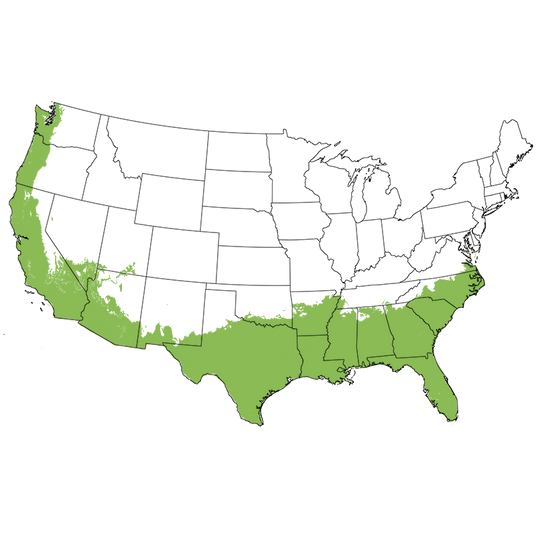
Growing Zones 8-10
Classic, Long-Lived Southern Live Oak
- Well Known Historical Tree
- Very Long Lived
- Year-Round Shade Tree
- Broadleaf Evergreen All Year
- Magnificent Specimen
- Broad Screen for Large Properties
For a true classic, choose a Southern Live Oak Tree (Quercus virginiana) as a symbol of peace and tranquility for your landscape. What a national treasure! This tree's silhouette is instantly recognized as an icon of the South.
With a low canopy and wide spread, growing a stately Southern Live Oak requires ample room to fill out naturally. This is not a tree you'll want to prune much, or you'll miss out on that distinctive look.
With a bold appearance, this dark green broad-leaved evergreen tree features a massive trunk. This is perfect for a choice specimen tree. It is perhaps the most spreading Oaktree available, providing both outstanding shade and an elegant appearance.
The state tree of Georgia, the Southern Live Oak grows naturally from Virginia to Florida and west into Texas. Trees grow naturally along the coast and inland in woods and along streams.
It can be expected to live over 200 years. In fact, one of the oldest live oaks in Louisiana is said to have lived over 1000 years! This is one of the oldest living trees in North America.
With tremendously hard, rot-resistant wood, the Southern Live Oak was popular in shipbuilding in the 1700 and 1800s. The USS Constitution received its nickname of "Old Ironsides" because of its Southern Live Oak hull. It's said that the hull was so strong that cannonballs couldn't penetrate it...and that's just the beginning of this remarkable tree's virtues.
On the Gulf Coast, Southern Live Oak Trees often support many types of epiphytic plants, including Spanish moss which hangs in long, weeping garlands. With the Spanish moss spilling over its long branches, Southern Live Oak Tree has one of the most distinctive appearances of any tree and will certainly be an awe-inspiring and picturesque addition to your landscape this year.
Many famous specimens can be found around the United States. These include the Seven Sisters Oak in Louisiana, reported to be more than 1500 years old. The Emancipation Oak on the Hampton University Campus in Virginia is listed as one of the 10 Great Trees of the World by National Geographic's Society.
When other Oaks drop their leaves for a winter rest, Live Oak maintains its "live" appearance with vibrant, green leaves all year round. Although in colder and drier climates, the Southern Live Oak will drop leaves in the spring - it quickly starts to replace them with fresh new foliage.
Young trees have a good growth rate, although we do recommend sizing up to the largest container or tree size in stock. You'll be pleased with the presentation a larger tree makes in your yard.
This is certainly one of the most interesting and impressive trees you'll ever plant in your yard.
With a wide crown spread habit, incredibly strong appearance and its adaptability to a variety of conditions, the Southern Live Oak is the first choice for many homeowners. Order today!
How to Use Southern Live Oak in the Landscape
Use a single plant as a dependable shade tree for your yard, or plant a few as an impressive property line demarcation. In larger landscapes, consider lining the drive to create a traditional southern landscape look.
This is a perfect tree to anchor a wildlife garden. Don't be surprised to see wild turkeys roost in the branches. Acorns are a preferred food and will be eaten by birds.
Consider placing a low-slung set of Adirondack chairs, a hammock, or even an outdoor dining table and chairs under the low branches. You may need to prune the lowest branches while the tree is young to prepare for your outdoor entertainment area.
Don't go too wild with pruning, however. You'll want to maintain the amazing, spreading look. Please, use a light hand with the loppers. We advise careful planning - take time to study your new tree closely - and be willing to rework your seating as the tree ages. When it works, adding living space around a Southern Live Oak is truly a magnificent experience to gift yourself, family and friends.
#ProPlantTips for Care
With such a long life, it's obviously also an exceptionally hardy tree. Because it's resistant to pests and disease, you won't have to fuss over it.
Just give the Southern Live Oak a spot in full sun to part shade, in a moist soil with good drainage. It is tolerant of wet soils as long as the drainage is good, it thrives in high humidity and is adapted to coastal conditions, including salt spray.
Adapted to a wide range of soil types from acid to alkaline, sandy loams to heavy clay and one of the few oaks tolerant of high soil salinity. In all these cases, drainage is the key. If you must improve drainage, consider mounding up, or creating a raised mound of soil to plant in. Add soil conditioners such as pine bark to improve drainage.
Enjoy this amazing, strong, long-lived, broad-leafed evergreen tree in your landscape. Order today at NatureHills.com!

